Cardiac imaging and X-ray coronary angiography
Normand Robert
Real-time region of interest (ROI) fluoroscopic imaging to reduce dose
In most interventional procedures, some regions of the image are more important than others, which are only needed to provide contextual information. In these instances, a pre-patient region of interest (ROI) attenuator can be used to reduce the exposure in the other regions.
In ROI imaging, the image is darkened appreciably in the periphery; therefore, some image processing is needed to bring the brightness back to an acceptable level. Our novel approach is to use an attenuator that has a thin central region and a gradually increasing thickness away from the centre (Gaussian shape) as shown in Figure 1. Digital image equalization can compensate for the modulation of the X-ray signal introduced by the attenuator.
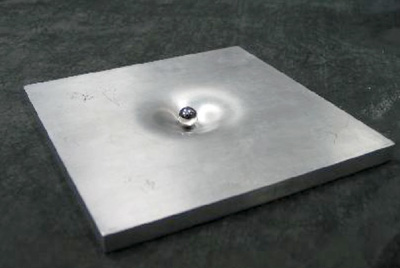
Figure 1: Pre-patient ROI attenuator. A small ball has been placed in the Gaussian shaped depression to make the depression more visible in the photograph.
The ROI imaging technique
A pre-patient ROI attenuator is placed between the X-ray tube and the patient on the feature of interest.
- Figure 2a shows the original fluoroscopic image of a human chest phantom with a catheter filled with contrast agent.
- Figure 2b shows the transmission profile of the ROI attenuator alone.
- Figure 2c shows the fluoroscopic image with the ROI attenuator in place. An ROI filter like this can reduce the exposure to the patient by up to five times.
- Figure 2d shows the ROI attenuated image after equalization is applied to remove the brightening affect caused by the ROI attenuator. Notice that we have the contextual information in the periphery, but that the noise is much more apparent in the equalized image. To alleviate this problem, the equalized image is spatially filtered in the periphery to reduce the noise.
- Figure 3 shows the spatially filtered and equalized image. The image quality is maintained in the ROI, but the image is less noisy in the periphery.
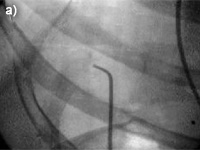
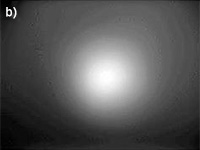
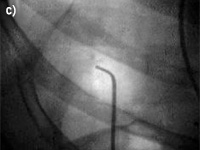
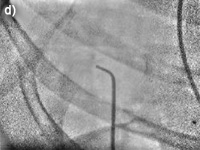
Figure 2: Stages of the ROI imaging technique. a) Original fluoroscopic image b) Transmission profile of the ROI attenuator c) Image with the ROI attenuator d) ROI attenuated image after applying the post-processing equalization algorithm only
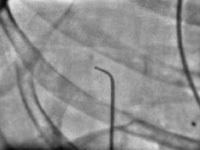
Figure 3: Final stage of ROI imaging technique: Spatially filtered and equalized image.
This approach does not require knowledge of the position of the attenuator to correct for its presence, allowing the ROI to be moved freely during image acquisition. The ROI attenuator results in a significant reduction in exposure area product (EAP) and superior image quality in the region of interest due to scatter reduction. The attenuator can be moved closer to the X-ray tube resulting in a larger high-exposure region or closer to the patient to reduce the EAP.
Image stabilization and feature tracking
We are developing real-time tracking techniques to help stabilize lesions in coronary angiograms and track features such as catheters in fluoroscopic images.
Arterial lesions are small features. Their extent are often more difficult to assess than adjacent "normal" vessel segments due to their lower contrast and SNR. The decrease in contrast is caused by a reduction in the amount of contrast agent present in a narrowed vessel. In addition, some lesions are ulcerated, allowing the contrast agent to leak into the plaque, which then make the lumen boundary harder to assess.
The human visual system has the ability to integrate information over several hundred milliseconds. Coronary arteries move rapidly and this motion interferes with our ability to integrate successive frames. The observer can integrate information over successive frames when the lesion is stabilized, improving the perceived SNR of the lesion.
We are working on automated methods to stabilize the motion of lesions over a cardiac cycle and present the sequence in a frame of reference where the lesion is stationary.
- Figure 4a shows a video sequence of a cardiac cycle where the arteries are moving rapidly.
- Figure 4b shows this same video sequence where the arterial lesion is stationary.
We are also developing real-time tracking methods help track catheters and to facilitate catheter navigation.
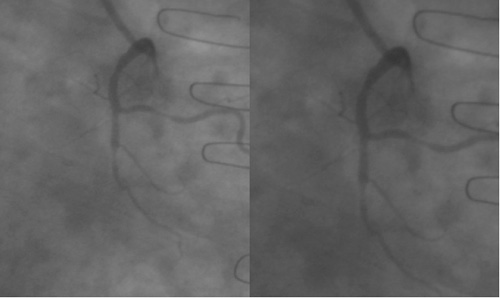
Figure 4: An application of feature tracking to stabilize the motion of an arterial lesion in coronary angiography. The lesion is just below the centre of the image. Left: Original angiographic sequence - see movie. Right: Angiographic sequence where the lesion is stationary - see movie.


